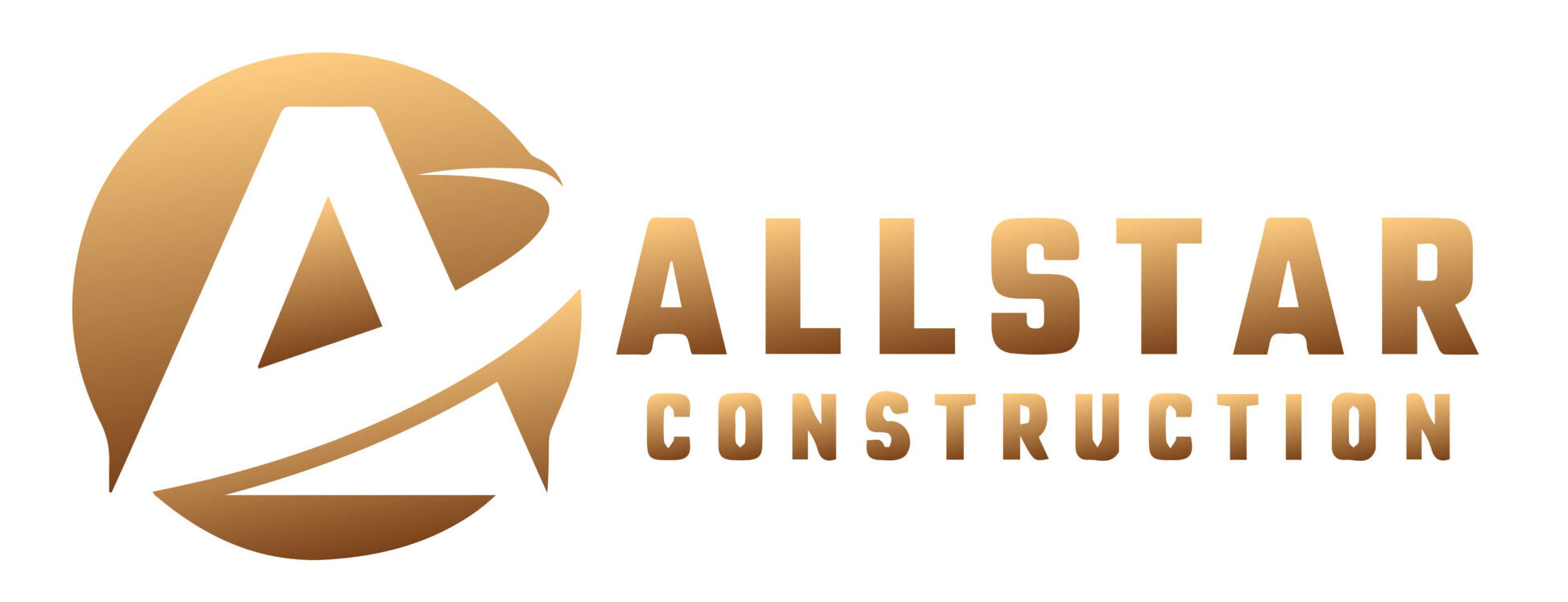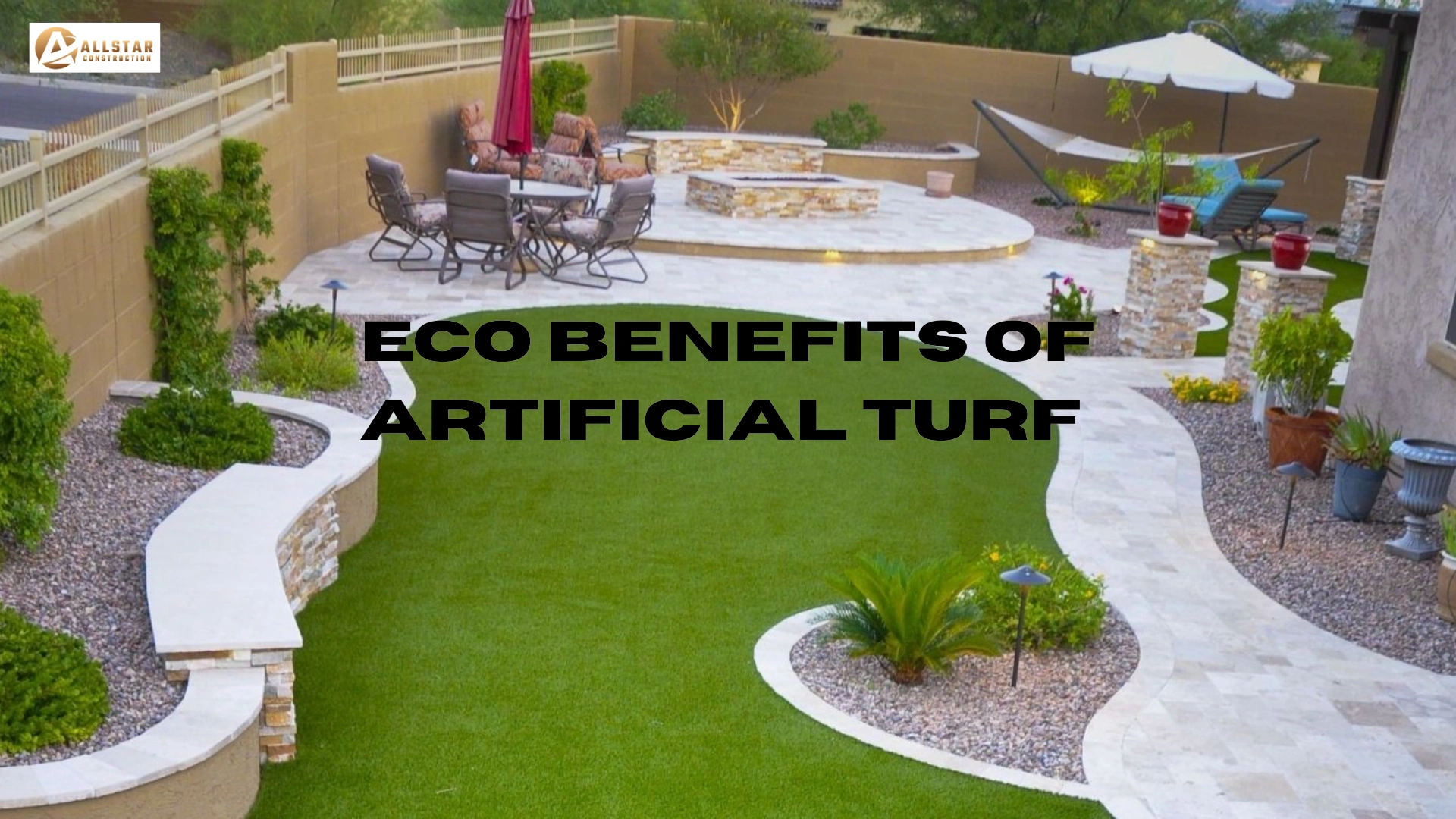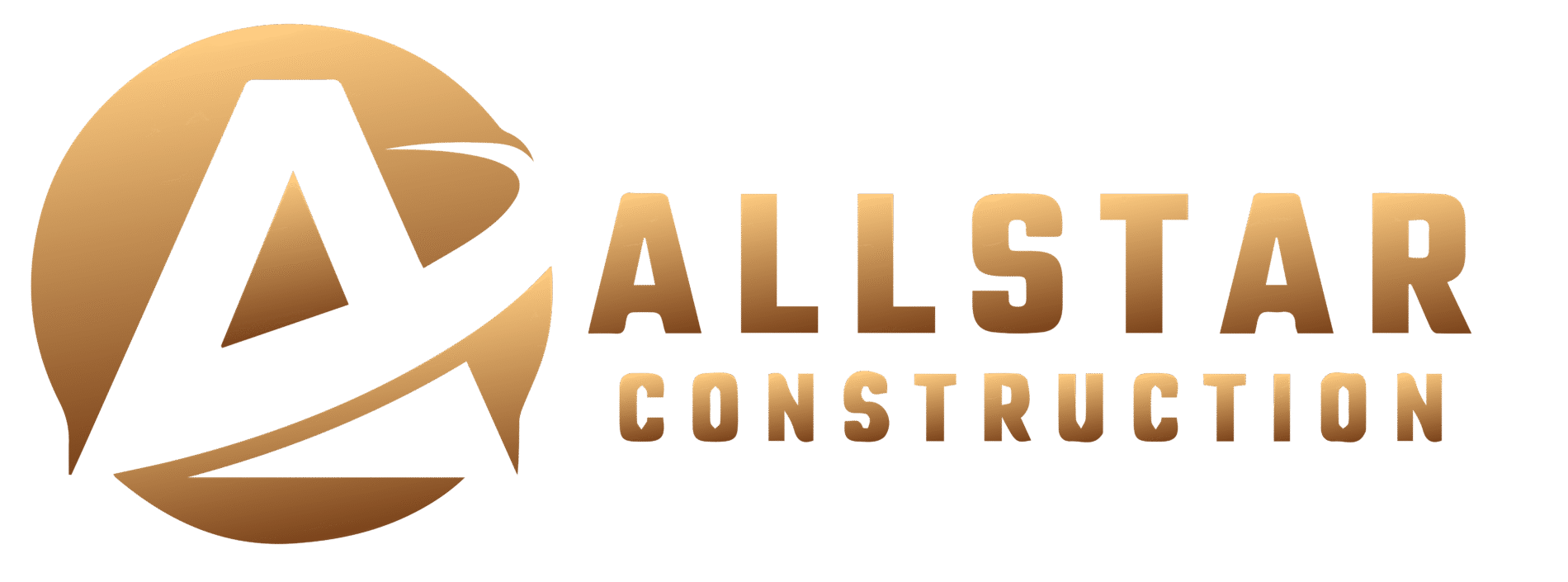Artificial turf has been widely referred to as fake grass which is just superficial. Most individuals believe that it is harmful to the environment or simply a way of saving time among the homeowners who do not wish to mow their lawns. However, in the real world, the synthetic grass has evolved far over the years and it offers some unexpected environmentally-friendly benefits that many aren’t aware of.
As the issues of water shortage, chemical contamination and the change of climate become increasingly worrisome, the idea of landscape decisions of homeowners is reconsidered. Artificial turf is no longer considered the preserve of sports fields alone; it is proving to be an intelligent choice among families, cities, and business people who are conscious about sustainability.
Common Misconceptions About Synthetic Grass
One of the myths is the claim that artificial turf is a waste of plastic that does not benefit the environment in any way. Actually, more recent turf products are made using recyclable materials and made to decrease wastes on the long-term.
Why Eco-Conscious Homeowners Are Taking a Second Look
Families are appreciating that turf conserves water, minimizes the use of harmful chemicals, and does not require lawn tools which are operated using gas. All this amounts to a healthier world and a healthier yard.
The Bigger Picture: Turf as a Sustainability Tool
Artificial turf, when carefully placed, can enable cities to combat the urban heat island effect, reduce air pollution and lessen chemical runoff into waterways. It is not a mere cosmetic decision, it is a green business instrument.
Major Environmental Benefits of Artificial Turf
Artificial turf makes a contribution to the environment in a number of significant ways. It goes beyond your backyard to the larger community in terms of saving water to reducing emissions.
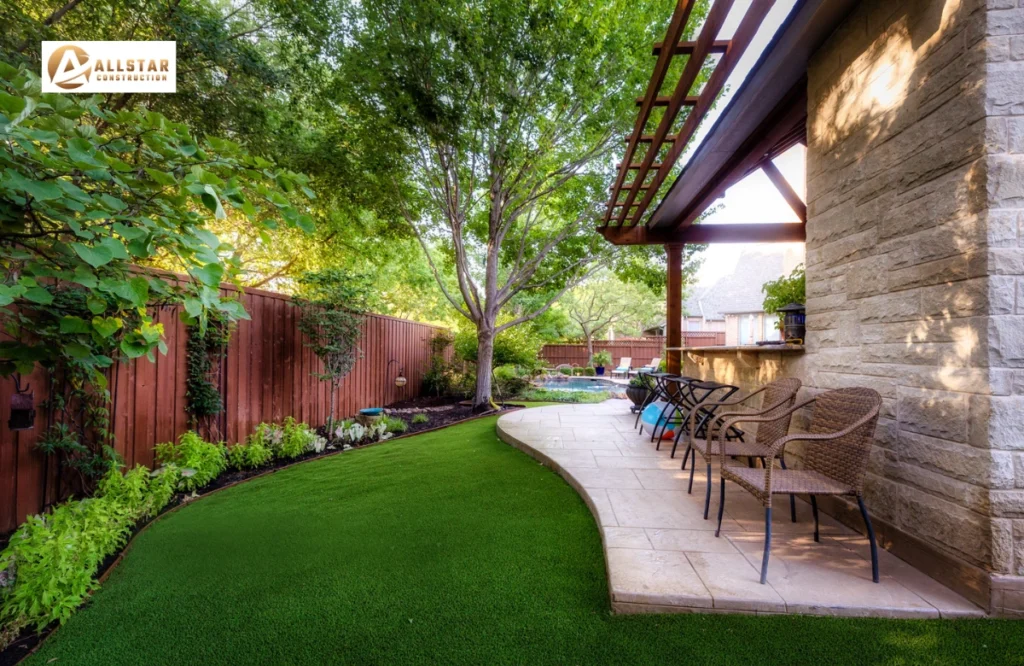
1. Significant Water Conservation
No Irrigation Required in Most Climates
In contrast to natural grass, synthetic turf does not require water to be sprayed on it daily or weekly. Other than a rare rinse to clean it of dust or pet waste, it remains green throughout the year with no drainage on the local water resources.
Most of the water on the lawns used by the average American household is more than 30% of total consumption. The replacement of artificial turf can be used to save thousands of gallons of water annually instead of fertilizing a 1,000-square-foot lawn. Artificial turf provides a solution to this in drought-prone states such as California, Arizona, or Nevada, which have drought restrictions that both satisfy beauty and conservation objectives.
2. Elimination of Harmful Lawn Chemicals
No Need for Pesticides, Herbicides, or Fertilizers
Conventional lawns are dependent on fertilizers and weed killers. Turf does not require these and makes the environment safer.
Reducing Chemical Runoff Into Storm Drains and Waterways
Lawn chemicals may enter storm drains, rivers, and lakes every time it rains and cause the death of aquatic life. Artificial turf prevents this cycle by eliminating the need of frequent chemical treatments.
Safer for Children, Pets, and Pollinators
No pesticides, this is because children and pets are free to play without exposing them to substances that are harmful to them. It helps keep harmful sprays off of beneficial pollinators, such as bees and butterflies, too.
3. Lower Carbon Emissions From Lawn Equipment
No Mowing, Trimming, or Edging Required
Among the greatest advantages of turf is the fact that it is no longer necessary to listen to the raving gas mowers and trimmers. You will not have to spend your weekends mowing since the turf does not grow.
Gas-Powered Lawn Tools and Their Environmental Cost
One hour of operation of one gas-powered lawn mower generates as much gas emissions as more than 100 miles of car driving. That is multiplied by the number of times a lawn is mowed each week and the carbon effect is staggering.
Reduced Air and Noise Pollution
Turf eliminates the need to hire lawn equipment that pollutes the air locally, thus decreasing air pollution and noise pollution, thus making neighborhoods healthier and more peaceful.
4. Long-Term Waste Reduction
Durable Materials Mean Fewer Replacements Over Time
Quality artificial turf has a life span of 15- 20 years when well cared of. It is the durability, which translates to less resources to be spent on it in the long run, compared to natural lawns that require maintenance and reseeding.
Many Modern Turfs Are Made With Recyclable Components
Manufacturers are currently making turf with recyclable backs hence it is easy to reuse materials after it has served its purpose.
Some Manufacturers Use Recycled Plastics in Production
Eco-friendly turf can even be produced using recycled plastics even during production providing a second life to products that could otherwise be thrown away in trash piles.
5. Promoting Year-Round Green Spaces in Urban Areas
Aesthetic Appeal Without Environmental Drawbacks
It is not always feasible to have natural lawns in cities with high population. Artificial turf maintains a green look on the parks, playgrounds, and rooftops without using high maintenance or resources.
Reducing Urban Heat Island Effect When Installed Properly
Turf has the potential to be combined with permeable infill and cooling technology to reduce heat uptake making urban areas more comfortable.
Useful in Rooftop Gardens, Balconies, and High-Traffic Public Areas
Artificial grass is used to introduce nature in areas that real grass cannot thrive. It fits well on rooftops, on balconies or places where natural lawns would be ruined by heavy foot traffic.
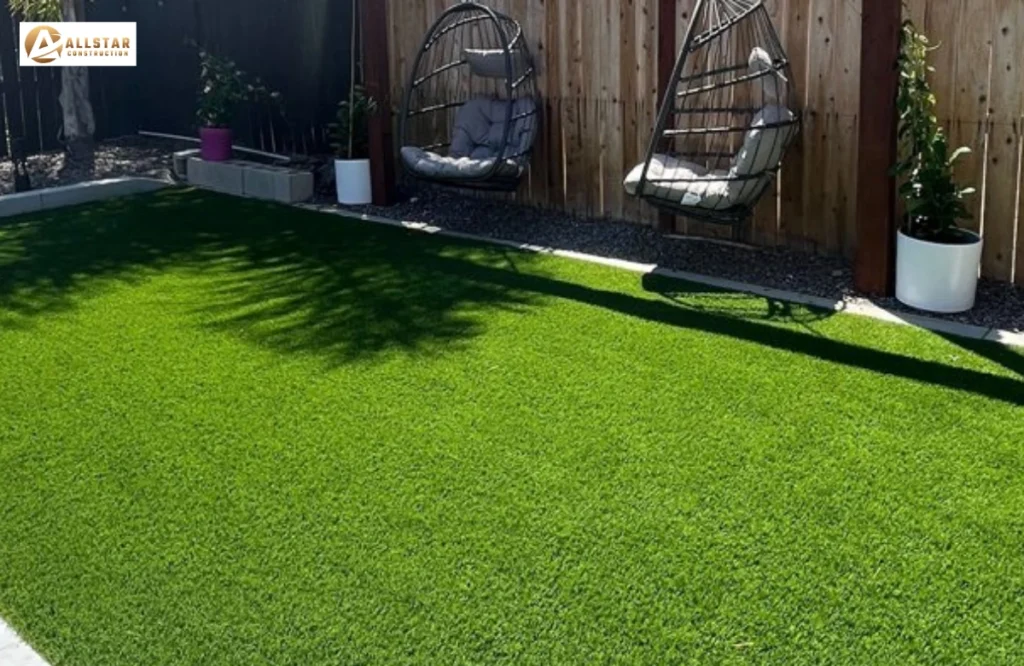
Addressing Concerns and Limitations
Heat Retention in Direct Sunlight What You Can Do
Under the sun turf can get warm. However, more recent products have cooling infill options, and basic solutions, such as shading, misting systems or lighter turf colors, keep the heat down.
End-of-Life Disposal and Recycling Options
Green consumers ought to enquire of the manufacturers on recycling initiatives. It is quite common to find many companies that will take old turf and reuse it or recycle.
Choosing Non-Toxic, Lead-Free Products
Not all turf is created equal. Seek turf that is certified as non-toxic, lead free and kid and pet safe.
Tips for Choosing Eco-Friendly Artificial Turf
Look for Recyclable or Bio-Based Backings
There are turf products currently being offered with bio-based or recyclable backings. This will save on waste and the recycling of the end of life will be made simpler.
Ensure the Turf Is Free From Harmful Chemicals
Check certifications to ensure the turf you install is free of heavy metals, toxic dyes or fillers.
Consider Permeability and Proper Installation Techniques
Permeable turf means that rainwater can naturally sink into the earth and minimize the run-off and local groundwater recharge can be promoted. Maximum durability is also achieved by proper installation.
Conclusion
Artificial turf has become a viable option that assists in conservation of water, lowers emissions and eradicates the use of toxic chemicals. In drought-stricken suburban areas and urban centers, turf provides an environmentally sound means of keeping areas green. Homeowners and cities can reap all the benefits and have few disadvantages by utilizing environmentally friendly materials, designing intelligent installations, recycling turf at the end of the life of the material. Artificial turf is not merely a short-cut and it is an intelligent move towards a green future.
To learn more about eco-friendly landscaping and turf options, visit All Star Construction Group today. Discover smarter, sustainable ways to design a yard that looks great and helps the planet.
FAQs
No–when produced using eco-friendly materials, it in fact conserves water, emission and pollution is lessened.
The majority of good turf have durations of 15-20 years of life with little maintenance.
Yes, providing that you opt against toxic, lead-free turf. It is safer than pesticides-treated lawns.
Yes. There are a lot of manufacturers that recycle turf or employ recycled materials in their production.
It is possible but cooling infills, shading, and misting may be used to make surfaces comfortable.
